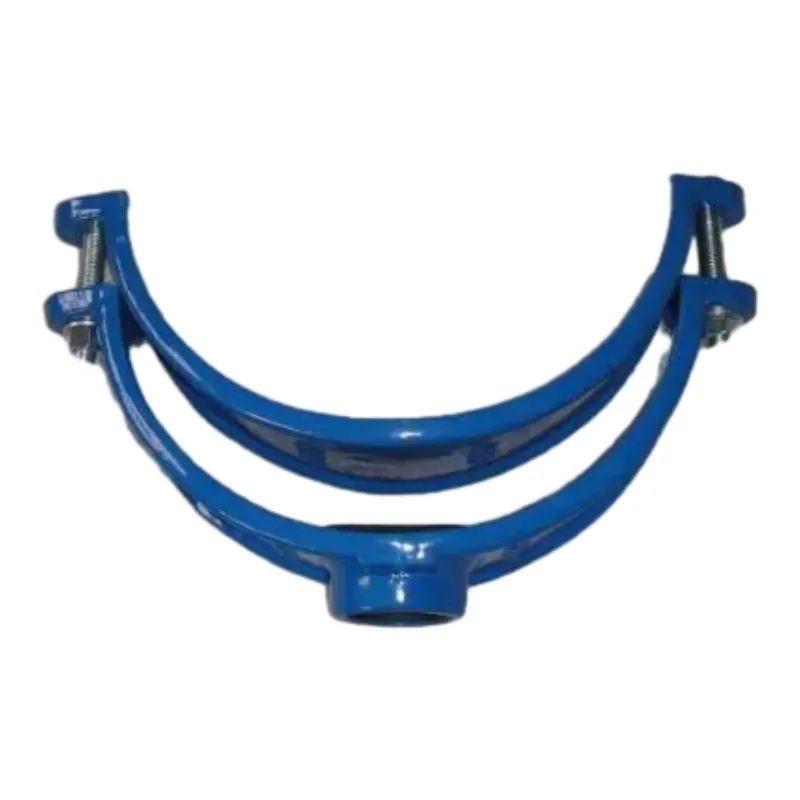Best Saddle Clamps for Secure and Reliable Fence Installation Solutions
Saddle Clamps for Fencing A Comprehensive Guide
When it comes to building sturdy and reliable fences, the choice of materials and tools plays an essential role in the longevity and functionality of the structure. One often-overlooked component that provides critical support and stability is the saddle clamp. This article aims to explore the importance, types, and installation techniques of saddle clamps for fencing.
What Are Saddle Clamps?
Saddle clamps are specialized fasteners designed to secure fence rails to posts. They typically feature a U-shaped bracket that wraps around the rail, creating a strong and stable connection. Made from a variety of materials such as galvanized steel, aluminum, or polymer, these clamps are engineered to withstand outdoor elements, ensuring that your fence remains intact over time.
Importance of Saddle Clamps
The primary function of saddle clamps is to provide a secure attachment point for the horizontal rails of a fence to the vertical posts. This attachment is crucial for maintaining the structural integrity of the fence, especially in areas subject to high winds or heavy snowfall. Without proper clamps, fence rails can sag or detach, leading to an unstable and unattractive fence.
Additionally, saddle clamps help distribute weight evenly across the posts, minimizing the stress on any single point. This not only enhances the longevity of the fence but also reduces maintenance costs associated with repairs. As a result, investing in quality saddle clamps is a wise decision for both DIY enthusiasts and professional contractors.
Types of Saddle Clamps
Saddle clamps come in various sizes and designs, making it important to choose the right type for your specific fencing project. Here are a few common types
1. Metal Saddle Clamps These are typically made from galvanized or stainless steel, offering superior strength and resistance to rust and corrosion. They are ideal for high-stress applications and are widely used in residential and commercial fencing projects.
saddle clamps for fence

2. Plastic Saddle Clamps Lightweight and resistant to weathering, plastic clamps are an excellent choice for vinyl or chain-link fences. They are easy to install and do not rust, making them suitable for coastal areas where saltwater can cause corrosion.
3. Adjustable Saddle Clamps Some clamps feature adjustable components, allowing for flexibility in positioning. This is particularly useful when working with uneven ground or varying post heights, ensuring a snug fit that enhances stability.
Installation of Saddle Clamps
Installing saddle clamps is a relatively straightforward process, but it's crucial to follow proper steps to ensure a secure fit. Here’s a brief guide to help you through the installation
1. Gather Your Tools You'll need a drill, screws or bolts (depending on the clamp type), a measuring tape, and a level.
2. Position the Rails Place the horizontal fence rails at the desired height. Ensure they are level and spaced according to your fence design.
3. Attach the Clamps Secure the saddle clamps around the rails and posts. For metal clamps, use screws or bolts to tighten them in place. Make sure they are firmly attached but be careful not to overtighten, which could damage the clamps or posts.
4. Check Stability Once all clamps are secured, double-check that the fence is stable and properly aligned. Make any necessary adjustments before finishing up.
Conclusion
Saddle clamps are indispensable components in the construction of durable and long-lasting fences. By understanding their importance, types, and installation process, you can ensure that your fencing projects stand the test of time. Whether you're building a new fence or reinforcing an existing one, investing in quality saddle clamps will provide the support you need for a reliable and aesthetically pleasing structure.
-
The Smarter Choice for Pedestrian AreasNewsJun.30,2025
-
The Gold Standard in Round Drain CoversNewsJun.30,2025
-
The Gold Standard in Manhole Cover SystemsNewsJun.30,2025
-
Superior Drainage Solutions with Premium Gully GratesNewsJun.30,2025
-
Superior Drainage Solutions for Global InfrastructureNewsJun.30,2025
-
Square Manhole Solutions for Modern InfrastructureNewsJun.30,2025
-
Premium Manhole Covers for Modern InfrastructureNewsJun.30,2025
